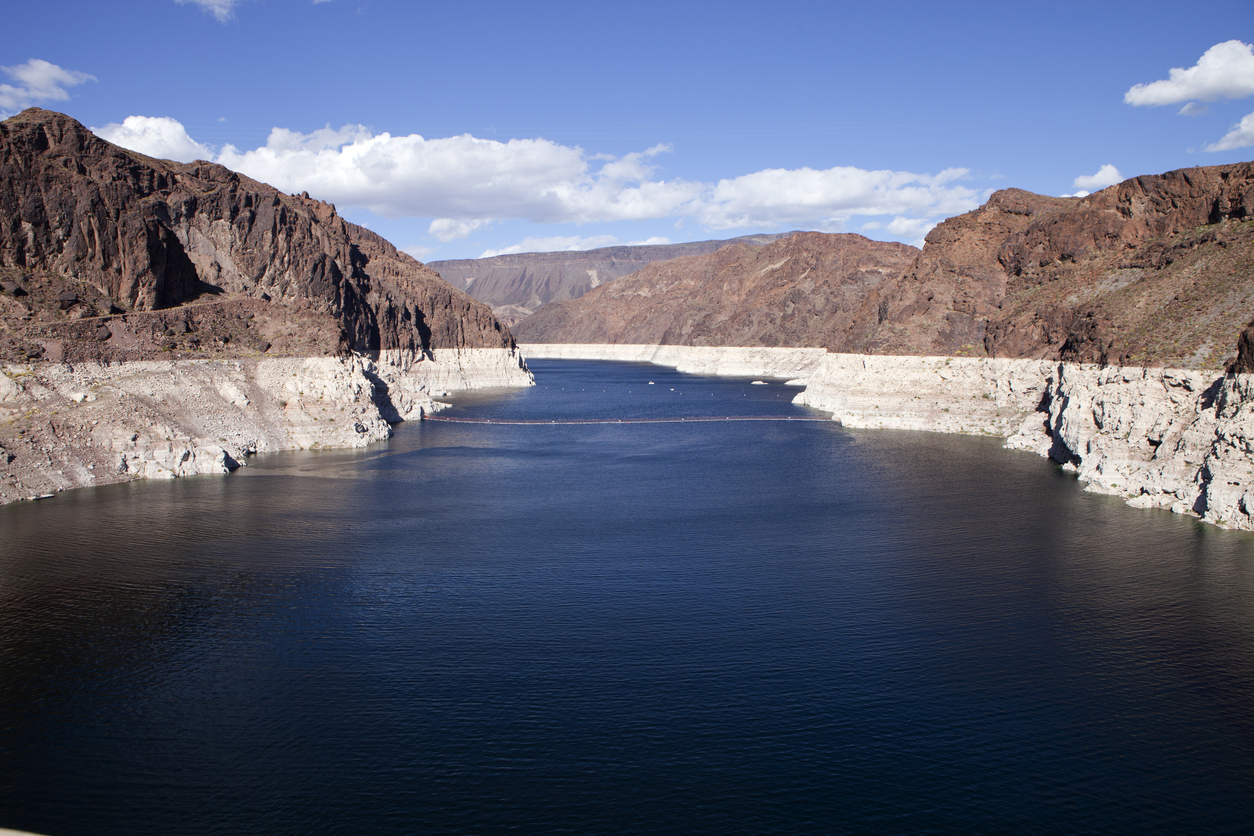Crescendo of crisis on the Colorado

By Tick Segerblom
Wow, so this is what it looked like watching Rome burn?
Or in our case, farmers’ fields and family taps running dry while Colorado River water managers hole up at Caesars Palace rearranging the deck chairs poolside.
For more than a decade, the crescendo from outside the Palace has been that Southern Nevadans and the other 38 million people reliant on this river should prepare for major shortages. In the past two decades alone, streamflow is nearly 19 percent lower than what we’ve been taking, and the scientific community warns that we must prepare for shortages of 35 percent or more.
But what will members of the Colorado River Water Users Association be discussing this week under the banner of their “Many Instruments, One Orchestra: The Music of the Basin” conference? A drought contingency plan that at best kicks the can down the road for another year or two, hoping nature decides to dramatically change her tune.
By releasing water from small reservoirs in the uppermost reaches of the basin, combined with some surplus water stored in Lake Mead, they intend to utilize a one-time buffer of some 2.7 million acre feet, which is only equivalent to the current annual supply deficit.
In addition, they propose to add upwards of 1.3 million acre feet in conservation measures in the lower basin. This amount just barely covers the 1.2 million acre feet of ongoing, annual system losses of seepage and evaporation known as the “structural deficit,” which has never been accounted before, thus adding little in real savings.
We’re still not even treading water here as we watch Lake Powell and Lake Mead recede further. And as these reservoirs drop, what’s going to happen to our water quality as they approach their minimum, “dead pool" levels?
There’s tremendous uncertainty about what will be in that water, and how and if we’ll be able to treat it. And what of the endangered fish, like those in Grand Canyon, that too rely on this diminishing supply. We spend millions each year trying to recover their populations already, and soon they may be exposed to even more precarious conditions.
Most importantly, when are we going to make the indigenous peoples of this basin whole? Sure, some of the tribes who have secured water rights from this system will be presenting to the “orchestra” this week, but there are at least 13 others whose claims amount to a considerable total that are yet to be determined. This includes the Hopi Tribe, which maintains the longest continuous settlement in the entire basin and whose supply is tainted with deadly heavy metals.
Instead of shuffling the deck, these water managers must accept that their house of cards is teetering dangerously. Nonetheless, they want to build more dams and diversions in Colorado and toss a straw into Lake Powell for yet more golf course developments in St. George.
We need to be talking about less, not more. What kind of benefits we might see by operating just one major reservoir on the Colorado as opposed to two. Can storage needs be concentrated in Lake Mead, supplemented by expanded underground, off-stream aquifer recharge such that Lake Powell can be removed from the system? Can we work to recover the high-value ecosystem in Grand Canyon National Park and submerged sacred sites under Lake Powell while we build increased resilience in our own water supply/demand equation?
And Las Vegans, let’s not forget that Glen Canyon Dam nearly failed in 1983, so filling that reservoir remains risky business. Should it fail, our own infrastructure for extracting water will be compromised, and a 70-foot wall of water could be tumbling over Hoover dam for eleven days.
Las Vegas is the community that has its roots at the beginning of the Colorado River's plumbing system, where bold ideas both settled the West and brought much hardship and suffering to its native peoples. We need bold ideas now that recognize this legacy to correct the problems, not some symphony of soothsayers trying to convince us everything is going to be all right.
Richard S. "Tick" Segerblom is an attorney and politician. First elected to the Nevada Legislature to represent Assembly District 9 in 2006, he was elected to the Nevada Senate in 2012 to represent District 3. He intends to leave the Nevada Legislature to run for a Clark County Commission seat in District E to replace term-limited Commissioner Chris Giunchigliani. District E represents part of the Strip and extends to much of the eastern Las Vegas Valley.
